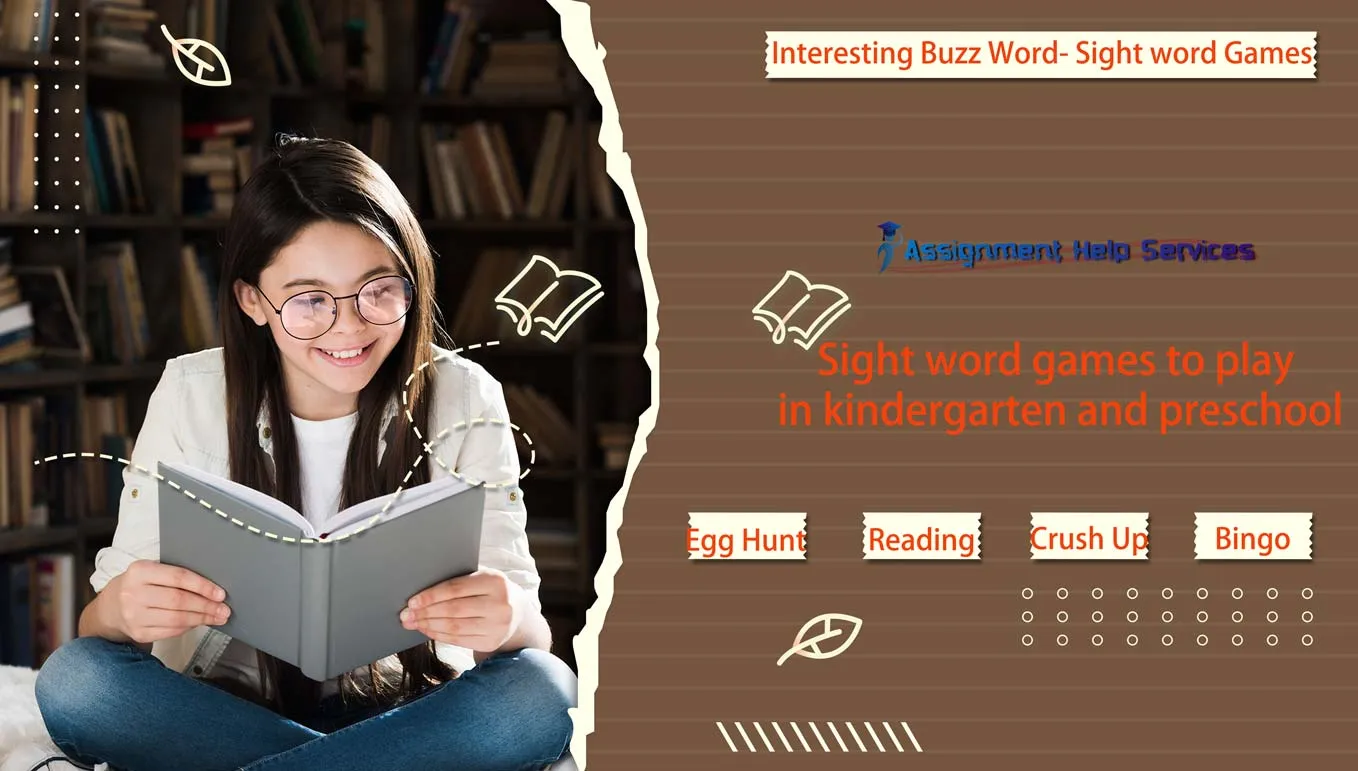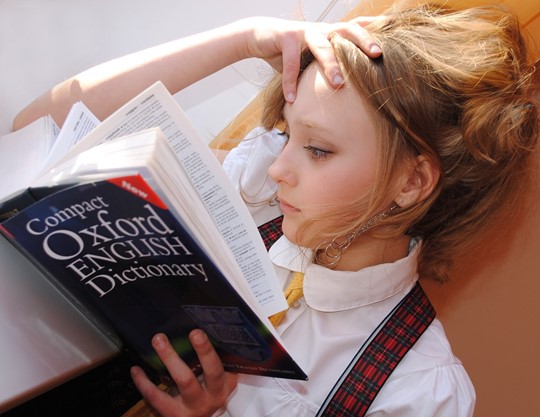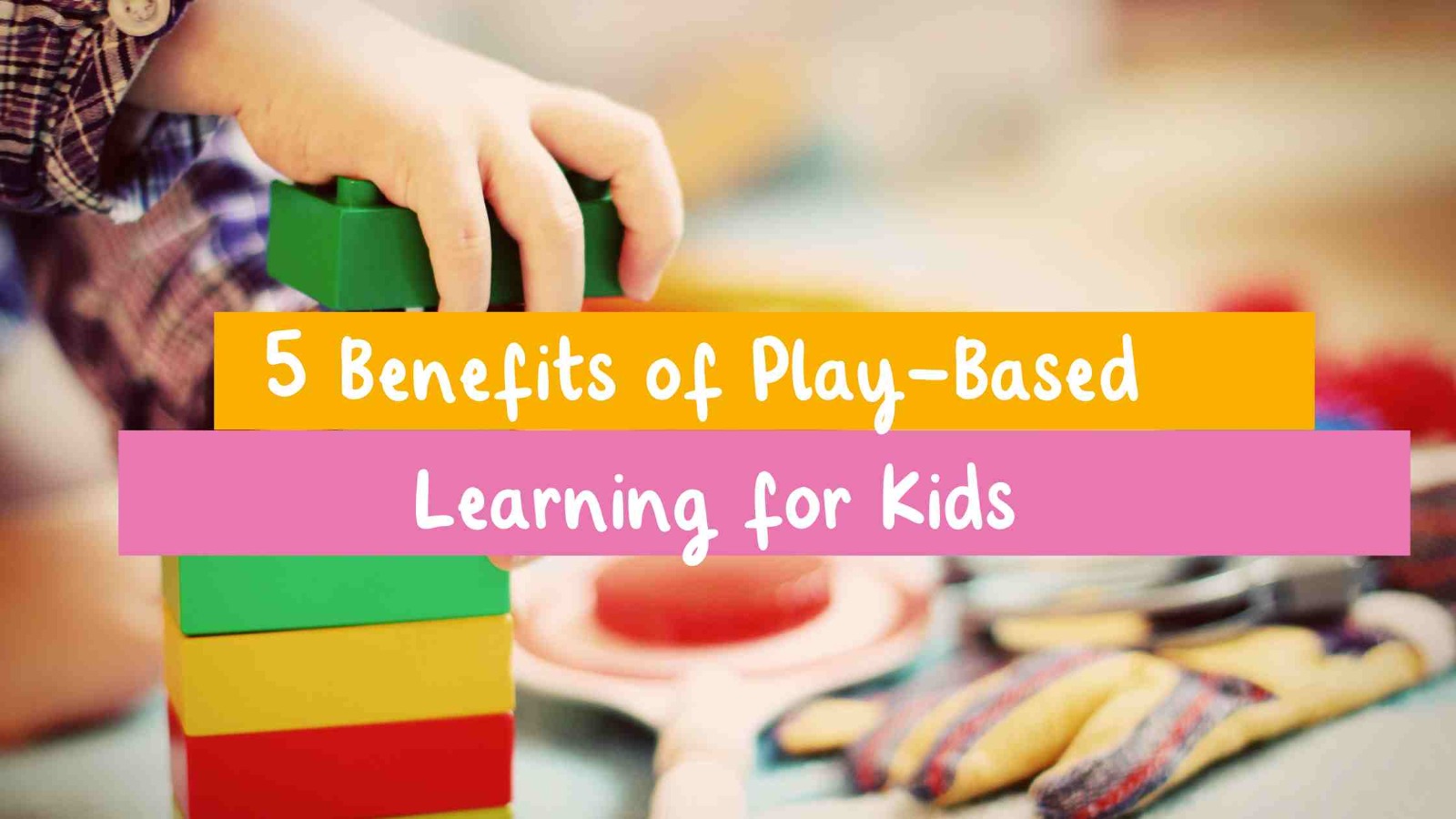Interesting Buzz Word- Sight word Games
What are sight word games?
Sight words are the words that show up most of the time in our perusing and composing. Frequently these words don't have a substantial picture that goes with them. They are high-recurrence words that will most likely be unable to be envisioned, and all things considered, they essentially should be remembered and perceived. Because of their high recurrence, peruses should be capable perceive, read, and comprehending them very quickly after seeing them. By effectively perceiving these sight words, youthful peruses are bound to move toward a text with certainty. They are then ready to peruse with more familiarity and better appreciation of the text and are less inclined to get stumbled in there perusing by not understanding the words that they are perusing.

Curiously, there are just 100 words or so that make up more than half of most text that early peruses read. These are the words like 'a', 'I', 'or', 'and', 'the', etc. They are typically little and effortlessly perceived, and the spelling of these words isn't generally clear concerning how they sound.
Importance of Sight word in kindergarten and preschool
After entering kindergarten, understudies are regularly acquainted with a sight word rundown, and instructed to remember and as soon as possible perceive these words. The number of words can shift, contingent upon the educational program, there are as a rule somewhere in the range of 100 and 300 words in a sight word list, the initial 100 words being the words most much of the time utilized in kids' writing. Regardless of the number, however, sight words share a couple of qualities.
Sight word games to play in kindergarten and preschool
Sight word games which are most popular
- Egg Hunt- With perfect timing for spring! You'll require paper (cut into strips), markers, and plastic eggs you can open. Compose a sight word on every one of the paper strips and spot one strip in each egg. Conceal the eggs all around your terrace or lounge. Have a great time egg chase with your kid. Record one point for each egg found and two focuses assuming your kid can peruse the sight word. What number of focuses did your youngster get? Play again and check whether she can get more focus the following time.
- Reading an interactive book-In the Curious World App, you can peruse 100 books like Goldilocks or Curious George Feeds the Animals. At the point when your kid chooses the 'Read to Me' choice, each word will be featured as it is spoken. The more books she peruses, the more she will begin to perceive normal sight words.
- Sight word crush up - You will require a couple of beanbags, record cards, and a marker. Compose a sight word on each card. Spread the word cards on the floor. Yell out words and have your youngster throw beanbags onto them. Then, have your youngster yell out the word and check whether you can hit them with the beanbags.
- Sight word bingo- Make a framework (change the size contingent upon your youngster's capacities), and compose a sight word in each square. Then, give your youngster a few counters and read one of the words without holding back. On the off chance that your kid can track down the right word, she will put her counter in the square. At the point when she has finished assignment or line, she has dominated the match - bingo!
Conclusion
Sight words show up so routinely and makeup such a lot of all text, that teachers prescribe understudies have the option to immediately perceive these words so they can burn through their effort disentangling the harder words in a message. Assuming understudies experience difficulty with sight words, almost certainly, they will encounter dissatisfaction and have less longing and capacity to invest energy and time unraveling the harder words in the text. Having a stockpile of sight words primed and ready assists understudies with perusing all the more effectively, and assists them with obtaining more language that can be promptly sent with the help of perusing.




